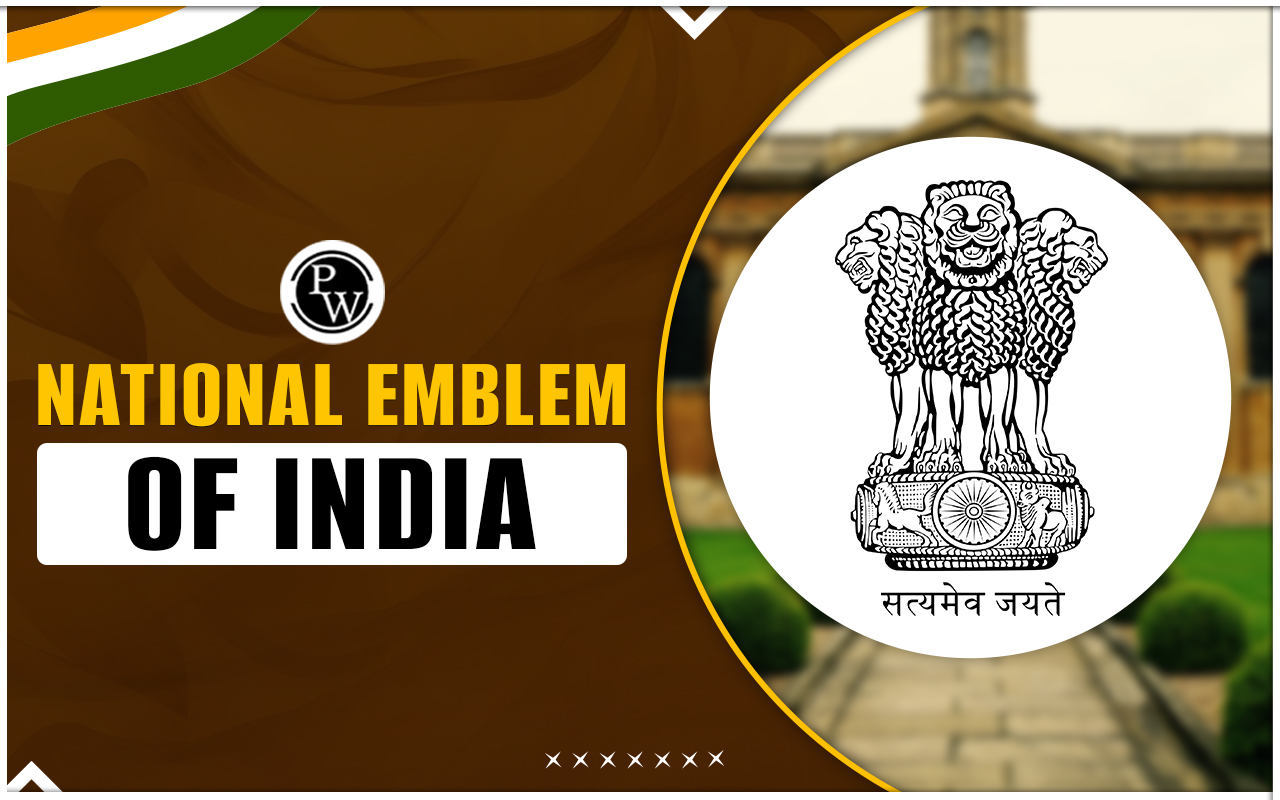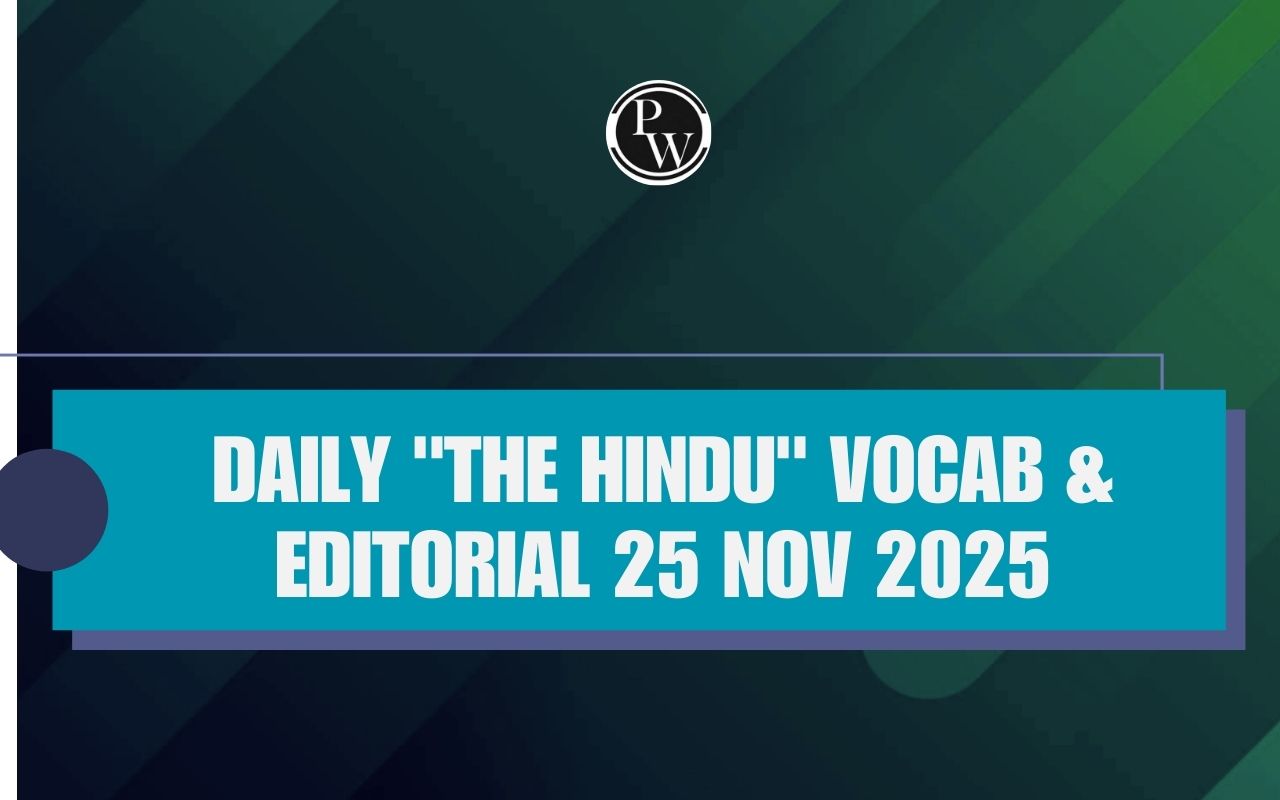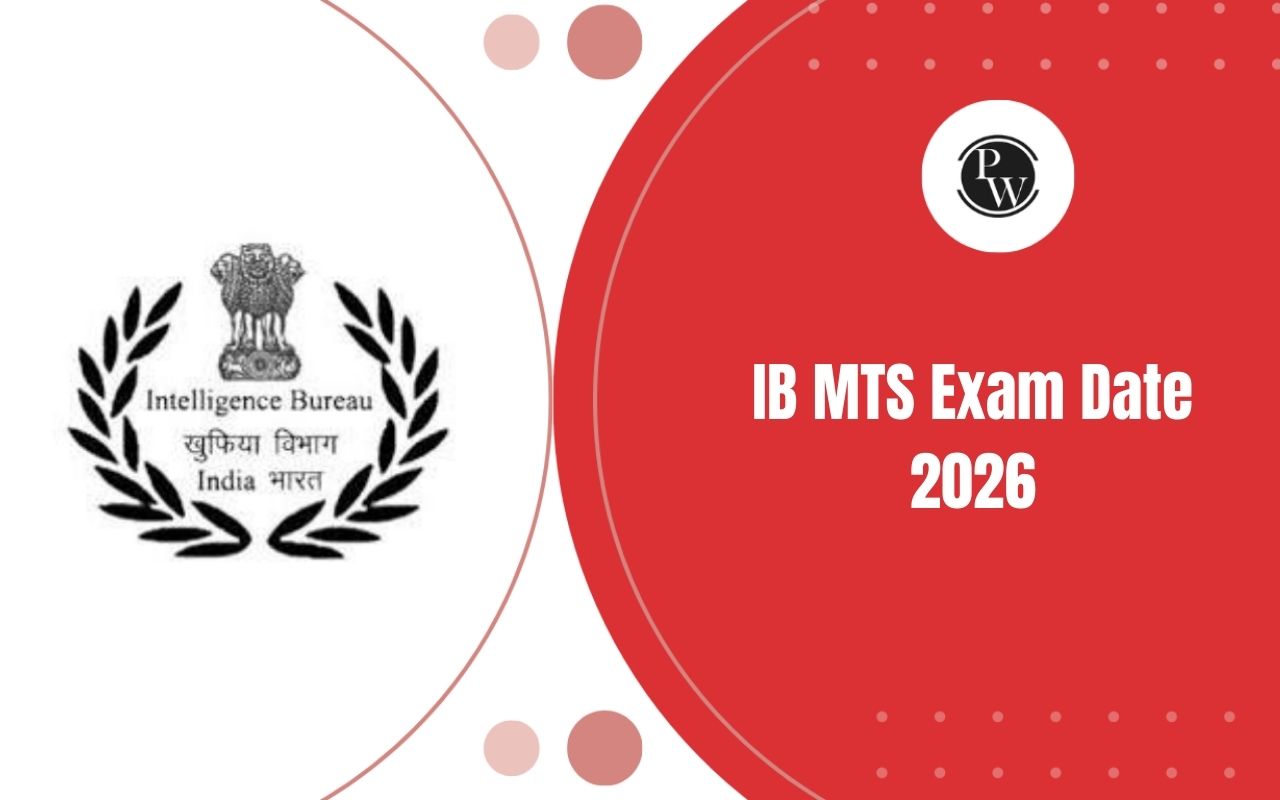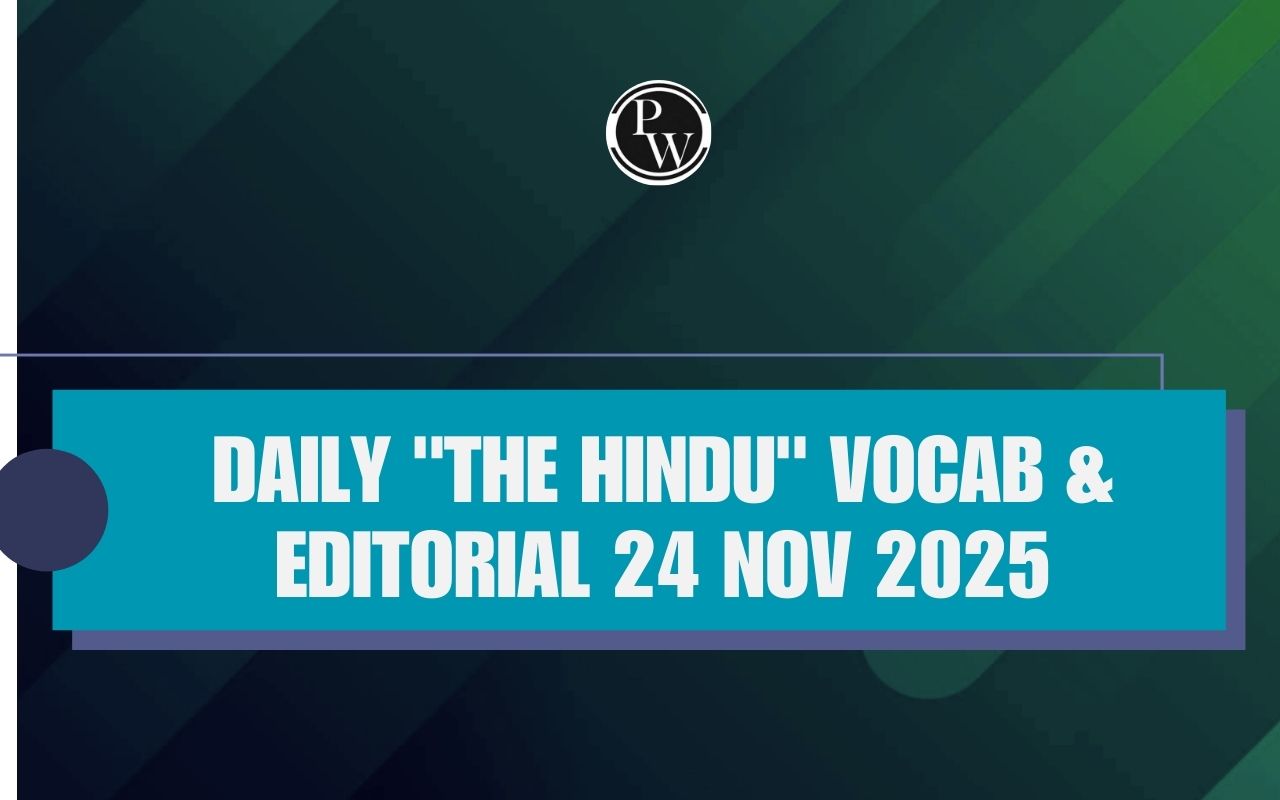

National Emblem of India: Learn about the National Emblem of India, which comes from the Lion Capital of the Ashoka Pillar in Sarnath, Uttar Pradesh. It became the official seal of India on January 26, 1950, and features the motto "Satyamev Jayate," meaning "Truth Alone Triumphs." This emblem is a symbol of authority and is widely used in all official government communications. This article explains its history, rules for use, and the meaning behind its symbols. It's an important topic for government exams, especially the SSC Exams.
National Emblem of India
The National Emblem of India is a special symbol used by the country to represent itself. It's a recreation of Asoka’s Lion Capital at Sarnath. On January 26, 1950, it was chosen as India’s State Emblem. You can see the National Emblem on important buildings like the Rashtrapati Bhawan, Parliament House, Supreme Court, and Central Secretariat. Knowing about the National Emblem is important for SSC exams. This article covers all the important details about it, helping you prepare for your SSC exams.National Emblem of India Meaning
An emblem is like a special symbol that represents a specific group, organization, or country. When an emblem is chosen for a country, it becomes the National Emblem. This symbol is used in all official communications by government agencies, both at the central and state levels. The National Emblem shows the authority, power, and history of that country. In India, the National Emblem was adopted on January 26, 1950, by Madhav Sawhney.National Emblem of India History
The story of the national emblem goes back to ancient times, around the third century, when India was ruled by the Mauryans. Emperor Ashoka, a powerful ruler, spread Buddhist teachings through sculptures and carvings. One of the most important creations was the Lion Capital of Ashoka in Sarnath. In 1905, Friedrich Oscar Oertel found this pillar in three pieces while digging. The upper half, which includes the lion sculpture, is now kept at the Sarnath Museum.National Emblem of India Facts
Below are some facts about national emblem of India:
- The National Emblem of India is based on the Ashokan Pillar at Sarnath, Uttar Pradesh.
- Dinanath Bhargava was tasked with creating the National Emblem during the Constitution's preparation.
- The three lions on the emblem symbolize Strength, Courage, and Confidence.
- Discovered in March 1905 by Friedrich Oscar Oertel, the Ashoka Pillar was found in three pieces.
- Badruddin and Surayya Tyabji recommended using the Lion Capital for the emblem.
- The State Emblem of India Act of 2005 governs its usage.
- The emblem originally had four lions, with one left out during the Constitution drafting.
- The four lions on the State Emblem represent confidence, authority, courage, and power.
- Various animals on the pillar symbolize aspects of Buddha's teachings.
- Stones from Chunar and Mathura were used to carve the pillar.
- Each pillar weighs around 50 tonnes and stands 40 to 50 feet tall.
- Only six pillars with inscriptions remain, along with animal capitals and nineteen other pillars.
- The slogan "Satyamev Jayate" is inscribed on the pillar, taken from the Mundaka Upanishad.
- The use of the National Emblem is strictly regulated by the State Emblem of India (Prohibition of Improper Use) Act, 2005.
- It is used by the President, Central and State Governments, on Indian currency, passports, and by Indian Police Service Officers and Members of Parliament.
- Violations of emblem usage regulations can result in up to 2 years imprisonment or a fine of up to Rs 2000, or both.
National Emblem of India Usage
Below are the usage of national emblem of India.
- The national emblem is the official seal of the President of India and the federal and state governments.
- It's featured on every Indian passport and other international documents.
- You can see the emblem on important buildings like Rashtrapati Bhawan, Parliament House, the Supreme Court, and the Central Secretariat.
- It's also displayed at the entrance of Indian Consulates abroad and the residences of Consular Mission Heads.
- The emblem is showcased at Indian Diplomatic Missions worldwide and by the heads of these Missions.
- You'll find the emblem at Raj Bhawans, State Legislatures, High Courts, Secretariat buildings, and other important places in states and union territories.
National Emblem and Ashoka Pillar
The National Emblem of India is based on the Lion Capital of Ashoka at Sarnath, preserved in the Sarnath Museum. These pillars, created by King Ashoka in the 3rd century BC, are found mainly in North India. The original pillar in Sarnath features four lions standing back to back, along with sculptures of an elephant, a horse, a bull, and a lion separated by wheels on a bell-shaped lotus. In the National emblem adopted by the Government of India, only three lions are visible, with the fourth lion seated back. The wheel is seen in relief at the center, with a horse on the left and a bull on the right. The bell-shaped lotus is not included in this version.| Other Related Links | |
| Tiger Reserves in India | National Parks in India |
| Biosphere Reserves in India | Elephant Reserves in India |
National Emblem of India FAQs
What is the significance of the National Emblem of India?
The National Emblem represents the sovereignty and authority of the Republic of India.
Where did the inspiration for the National Emblem come from?
The National Emblem is inspired by the Lion Capital of the Ashoka Pillar in Sarnath, Uttar Pradesh.
What are the key elements depicted in the National Emblem?
The National Emblem features lions, a horse, a bull, and a wheel, symbolizing strength, power, and the cycle of life.
How is the National Emblem used in official government communications?
The National Emblem is used on official documents, buildings, passports, and currency to signify the authority of the Indian government.
🔥 Trending Blogs
Talk to a counsellorHave doubts? Our support team will be happy to assist you!

Check out these Related Articles
Free Learning Resources
PW Books
Notes (Class 10-12)
PW Study Materials
Notes (Class 6-9)
Ncert Solutions
Govt Exams
Class 6th to 12th Online Courses
Govt Job Exams Courses
UPSC Coaching
Defence Exam Coaching
Gate Exam Coaching
Other Exams
Know about Physics Wallah
Physics Wallah is an Indian edtech platform that provides accessible & comprehensive learning experiences to students from Class 6th to postgraduate level. We also provide extensive NCERT solutions, sample paper, NEET, JEE Mains, BITSAT previous year papers & more such resources to students. Physics Wallah also caters to over 3.5 million registered students and over 78 lakh+ Youtube subscribers with 4.8 rating on its app.
We Stand Out because
We provide students with intensive courses with India’s qualified & experienced faculties & mentors. PW strives to make the learning experience comprehensive and accessible for students of all sections of society. We believe in empowering every single student who couldn't dream of a good career in engineering and medical field earlier.
Our Key Focus Areas
Physics Wallah's main focus is to make the learning experience as economical as possible for all students. With our affordable courses like Lakshya, Udaan and Arjuna and many others, we have been able to provide a platform for lakhs of aspirants. From providing Chemistry, Maths, Physics formula to giving e-books of eminent authors like RD Sharma, RS Aggarwal and Lakhmir Singh, PW focuses on every single student's need for preparation.
What Makes Us Different
Physics Wallah strives to develop a comprehensive pedagogical structure for students, where they get a state-of-the-art learning experience with study material and resources. Apart from catering students preparing for JEE Mains and NEET, PW also provides study material for each state board like Uttar Pradesh, Bihar, and others
Copyright © 2025 Physicswallah Limited All rights reserved.
Get App











